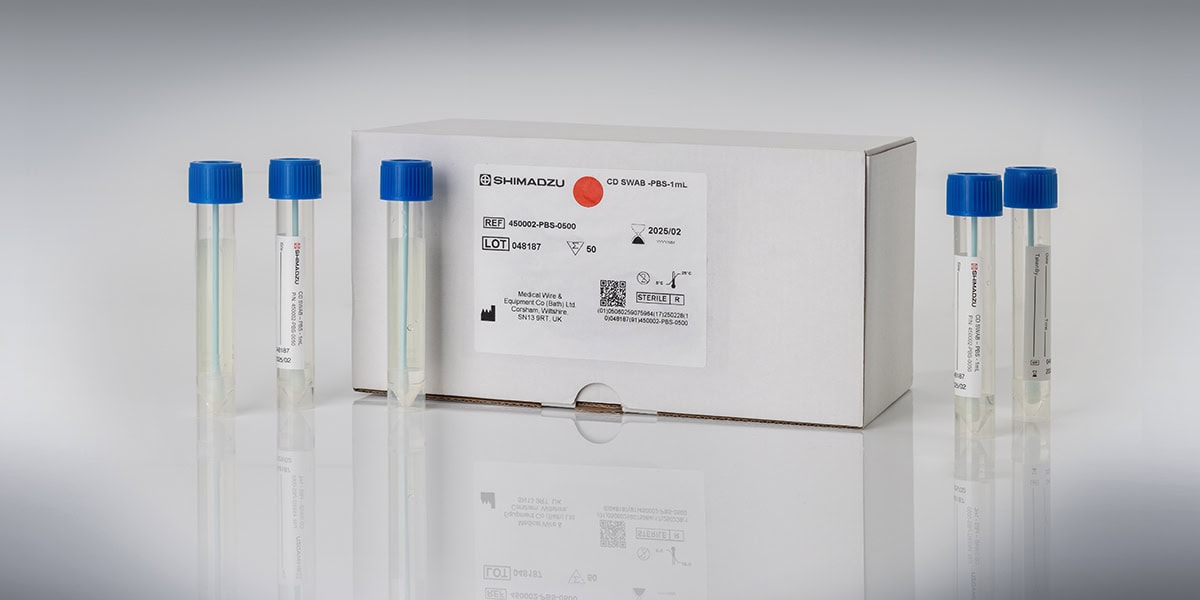
Recent news in Food & Feed Analysis
- Home
- /
- Cheers! It’s beverage day...
Cheers! It’s beverage day – a toast to quality control

Drinking is a huge part of how we socialize, celebrate, and also sometimes deal with stress. However, as more people make a point of a conscious lifestyle or become sober-curious, fully sober, or simply want a more fun night off, there is an increasing demand and popularity for low and non-alcoholic beverages. These include alcohol-free beer, spirits, (sparkling) wine as well countless mixers that provide a herbaceous element to a sober cocktail. Today, we illuminate the meaning of “alcohol-free” and how we can guarantee the absence of alcohol and microbial spoilage in our beverages.An non-alcoholic drink is made without alcohol, or with the alcohol reduced to almost zero. The alcohol level is expressed as Alcohol By Volume (% ABV), and is the percentage of ethanol volume (not weight) contained in 100 mL of the beverage. Therefore the ethanol concentration % ABV is also expressed as “% vol.” on the labels and as “% v/v” (volume/volume) in the scientific literature.
Did you know?
Alcohol-free drinks and juices can contain a maximum of alcohol of 0.05 % ABV.
In the European Union, the labels of beverages containing more than 1.2% ABV must state the actual alcoholic strength (“alcohol” or “alc.” in “% vol.”). The legal regulations for beverages are specific for each country, but it is commonly accepted that a “de-alcoholised” drink should have less than 0.5 % ABV, whereas an alcohol-free drink should have less than 0.05 % ABV. As comparison, non-alcoholic beverages like fruit-juices may also contain some alcohol, because of the fermentation that takes place after harvesting the fruits. In this case, the maximum amount of alcohol accepted in the European union is 400 mg/L, which is very close to 0.05 % ABV.
How to measure alcohol in beverages?
Enzymatic analysis is perfectly suited for testing beverages in the range of 0.05 % to 0.5 % ABV. When analysing ethanol containing samples, the alcoholic strength by volume (% ABV) is calculated by means of the density of ethanol at 20 °C (d = 78924): Percentage ethanol (% v/v) = C ethanol (g/L) / (10 x 0.78924). The measuring range of the EnzytecTM Liquid Ethanol (Art. No. E8340) test goes from 20 – 500 mg/L (0.06%), so alcohol-free drinks and fruit juices can be tested directly. For “de-alcoholised” drinks up to 0.5 % ABV, the samples must be pre-diluted 1:10 before performing the test.
Increased risk of microbial spoilage?
The increasing array of exciting non-alcoholic beverage options may also offer potential of microbial growth in beverages. These beverages can be rich in vitamins and minerals so they are highly susceptible to microbial spoilage. Moreover, ‘protective’ barriers such as ethanol as well as acid content, low pH, the lack of nutrients as well as anaerobic environment are present to a lesser extent or absent at all. Spoilage will have visual effects and may cause changes in flavor as well.
What are the contamination sources?
- During the production process
- Factory environment
- Raw materials (fruits, vegetables, sugars)
- Flavorings, water, and other chemicals used
- Process machinery and filling lines
- Microbiological state of the equipment
- Poor hygienic handling
- Packaging materials such as cans and bottles
- Storage conditions
What kind of spoilage microorganisms can be found?
- Yeasts are considered to be the primary spoilage microbes. Spoilage-causing yeasts that are found in non-alcoholic beverages include for example Zygosaccharomyces bailii, Saccharomyces, Brettanomyces, Hanseniaspora, Hansenula, Candida and Pichia.
- Certain lactic acid bacteria (LAB) including Lactobacillus spp. or Pediococcus spp. and also Leuconostoc mesenteroides.
- Other bacteria found in non-alcoholic beverages are for example Acetobacter and Alicyclobacillus.
- Molds grow as white, delicate, fluffy, cottony masses suspended in soſt drinks. Mold spores cannot grow in carbonated beverages but can survive. The various spoilage-causing mold that is found in non-alcoholic beverages includes Aspergillus, Byssochlamys., Penicillium as well as Rhizopus, Cladosporium, or Fusarium for example.
| Group | Visual defects | Off-flavors |
|---|---|---|
| Yeasts | Haze, clouds, surface films, swollen packages, tainting, particulates, surface films | Yeasty, aldehyde off-flavor, vinegar, sweet pineapple note, sweet butter, petroleum-like odor |
| Bacteria | Loss of carbon dioxide, ropiness, turbidity Haze, surface films, swollen packages | Cheesy notes, sour, green apple, vinegar, antiseptic off-flavor, smoky taints |
| Mold | Mycelial mats, discoloration swollen packages | Musty, stale |
Microbiological analysis
With the traditional microbiological detection method requiring enrichment in culture media for several days, the analysis procedure often delays production processes. As a faster alternative, PCR tests that provide results within a few hours are becoming increasingly important. This molecular biological method is not only highly specific but also very easy to perform when using the modern GEN-IAL® test kits.


